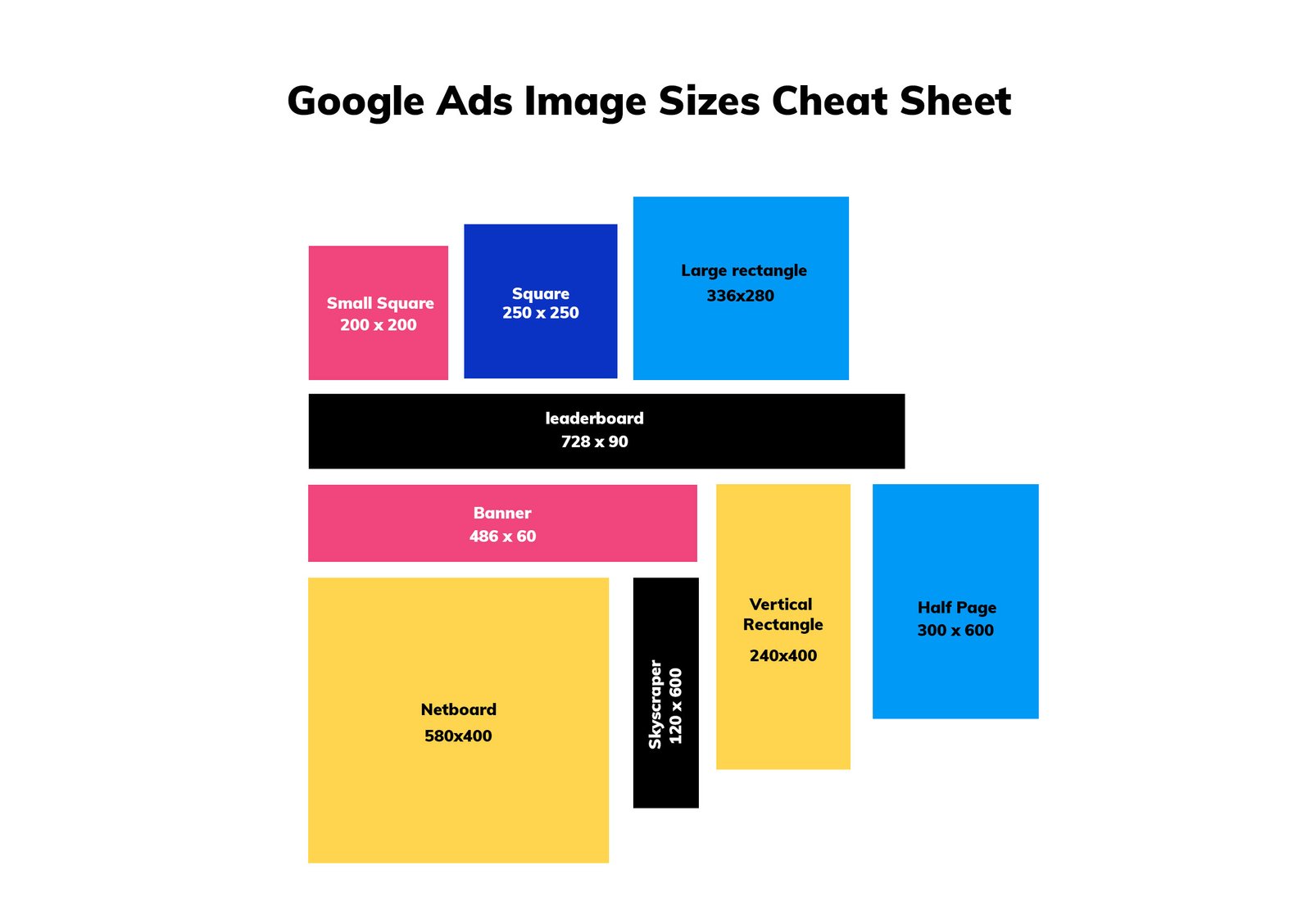In the ever-evolving landscape of the media industry, the digital revolution has left no stone unturned. One of the most notable transformations has occurred within the realm of business magazines. Over the years, business magazines have shifted from traditional print publications to thriving online platforms, adapting to the changing needs and preferences of readers and advertisers alike. This article explores the “evolution of online business magazines,” shedding light on the latest trends and the pivotal role of digital transformation in this evolution.
The transition from print to digital magazines represents a seismic shift in publishing. Once dominated by tangible, ink-on-paper publications, the industry has embraced the digital realm. Digital magazines are now accessible through various devices, offering readers instant, global access to content. This shift has reduced production and distribution costs while allowing for multimedia enhancements, interactive features, and real-time updates.
Readers benefit from greater convenience, interactivity, and searchability, and publishers can reach a broader and more diversified audience. The move from print to digital magazines reflects the evolving landscape of media consumption, catering to the preferences and technological habits of a digitally connected world.
From Print to Digital: The Genesis of Online Business Magazines
The origins of business magazines can be traced back to the 18th century, when early publications like “The Gentleman’s Magazine” served as precursors to the modern business magazine. As the industrial and business landscape evolved, these magazines took on a more specialized form, catering to the interests of entrepreneurs, executives, and investors.
For decades, business magazines thrived in print, providing readers with insightful articles, market analyses, and expert opinions. Subscribers eagerly awaited the latest issues, which were often adorned with glossy covers, and advertisers vied for prime real estate within their pages. This was a thriving model, but it was about to change as the digital age dawned.
The internet revolutionized the way people consume information. With the advent of the World Wide Web, information became more accessible than ever before, and consumers began to demand content in digital formats. The first signs of the transition from print to digital business magazines emerged in the late 20th century. Online editions and digital supplements became increasingly common, and magazines started to realize the potential of the Internet.
Digital Transformation in Business Magazines: A Catalyst for Change
The digital transformation of business magazines has revolutionized the publishing industry. It involves the migration from traditional print formats to digital platforms, providing readers with instant, convenient access to articles and insights.
This shift has expanded the global reach of business magazines, reduced production costs, and enhanced engagement through multimedia content. Real-time updates ensure that readers stay informed and connected, reaffirming the significance of business magazines in the modern digital landscape. This transformation has not only adapted to changing reader preferences but has also enriched the content and accessibility of business magazines in the digital era.
The digital transformation in business magazines can be considered a catalyst for change that reshaped the industry entirely. Several key factors have driven this transformation:
- Accessibility and Convenience
Online business magazines provide readers with unprecedented accessibility and convenience. No longer did readers need to wait for the monthly or weekly publication to arrive in their mailbox; they could access the latest articles with a few clicks. This was a game-changer for busy professionals seeking timely information.
- Interactive Content
The digital format enabled the inclusion of interactive elements such as videos, infographics, and multimedia content. These features enhanced the overall reading experience, making it more engaging and informative.
- Global Reach
Traditional print publications often had limited geographic reach. However, digital business magazines could reach a global audience instantly. This expanded readership was an attractive prospect for both readers and advertisers looking to target specific markets.
- Cost-Effective Publishing
The cost of publishing and distributing an online magazine is significantly lower than a print counterpart. This cost-effectiveness enabled startups and niche publications to enter the market, promoting diversity and specialization in content.
- Real-time Updates
Digital magazines can provide real-time updates on breaking news and market developments. This real-time reporting added to their credibility and relevance, attracting a dynamic and engaged readership.
As the transition from print to digital continued, it became increasingly clear that online business magazines were here to stay. However, the journey was not without challenges and adaptations.
Online Business Magazine Trends
The evolution of online business magazines has been marked by various trends that reflect the changing landscape of the media industry and readers’ preferences. Here are some of the notable trends that have emerged in recent years:
- Mobile Optimization
With the increasing use of smartphones and tablets, online business magazines have optimized their content for mobile devices. Responsive design ensures that readers can enjoy a seamless experience regardless of their preferred device.
- Niche and Specialized Publications
In a crowded digital landscape, specialized niche publications have gained prominence. These magazines focus on specific industries, markets, or topics, catering to a more targeted and engaged audience.
- Membership Models
Some online business magazines have adopted a membership-based model, where subscribers pay a fee to access premium content. This revenue model helps sustain high-quality journalism and reduces reliance on advertising revenue.
- Video and Podcast Integration
The integration of video content and podcasts has become increasingly common. Video interviews, webinars, and podcasts offer an alternative way for readers to consume information and gain insights from industry experts.
- Data-driven Insights
Many online business magazines now leverage data analytics to provide in-depth insights into market trends, consumer behavior, and business performance. This data-driven approach enhances the credibility and value of their content.
- Collaborations and Partnerships
To expand their reach and create synergies, online business magazines often collaborate with other media outlets, industry influencers, or events. These partnerships allow for cross-promotion and the sharing of resources.
- Social Media Engagement
Online business magazines actively engage with their audiences on social media platforms. They use these channels to share articles, conduct surveys, and foster discussions, increasing their visibility and reader engagement.
- Sustainability and Environmental Focus
As environmental concerns grow, some online business magazines have shifted their focus to sustainability and responsible business practices, reflecting the changing priorities of readers and society as a whole.
Challenges and Future Prospects
Despite the numerous advantages of digital transformation and the latest trends, online business magazines also face challenges. The most notable ones include:
- Monetization
Finding sustainable revenue models in an era of free content can be challenging. Ad-blockers, competition, and the expectation of free content pose challenges to monetization.
- Information Overload
With the sheer volume of content available online, readers can suffer from information overload. Online business magazines must provide value by curating and delivering relevant content.
- Trust and Credibility
In a world where misinformation is prevalent, online business magazines must uphold high standards of journalism to gain and maintain trust and credibility.
- Competition
The digital landscape is highly competitive, with numerous online magazines vying for readers’ attention. Staying ahead of the competition requires constant innovation and adaptation.
- Adapting to New Technologies
As technology evolves, online business magazines need to adapt to new formats, devices, and distribution methods to remain relevant.
Despite these challenges, the future prospects of online business magazines are promising. The ability to reach a global audience, leverage data insights, and provide interactive, multimedia content positions them well in the digital era.
In conclusion, the evolution of online business magazines from their print origins to the digital platforms we see today has been marked by significant changes. The digital transformation of business magazines has brought about unprecedented accessibility, interactivity, and global reach. With the latest trends, these magazines are adapting to the ever-changing media landscape, catering to niche audiences, and exploring new revenue models. The challenges they face are counterbalanced by their potential for growth and innovation. As technology continues to advance, online business magazines are likely to remain at the forefront of delivering business insights to a diverse and global readership.








